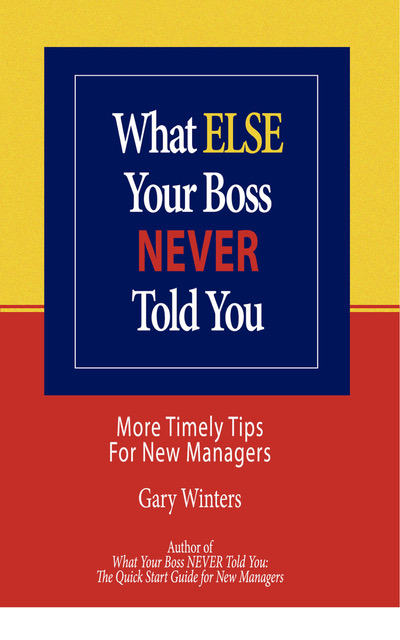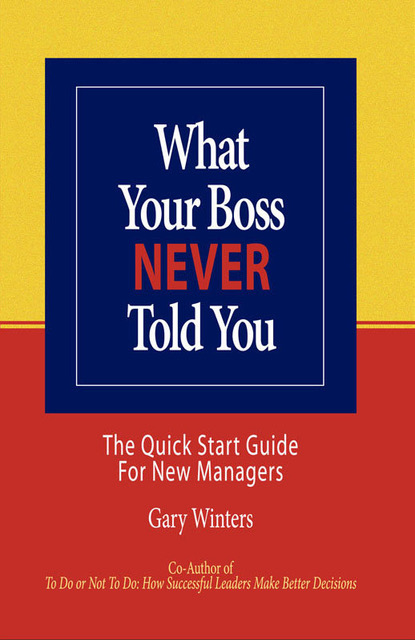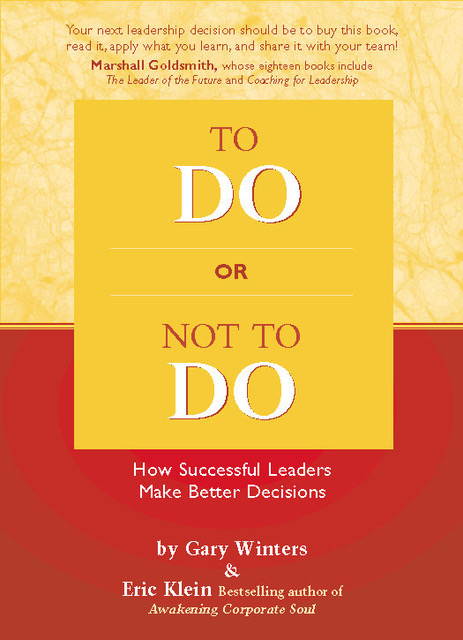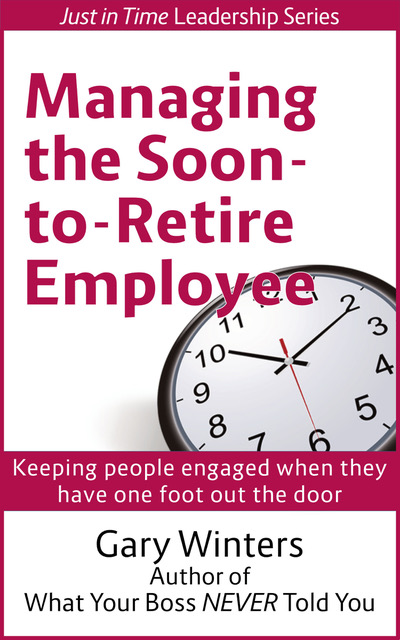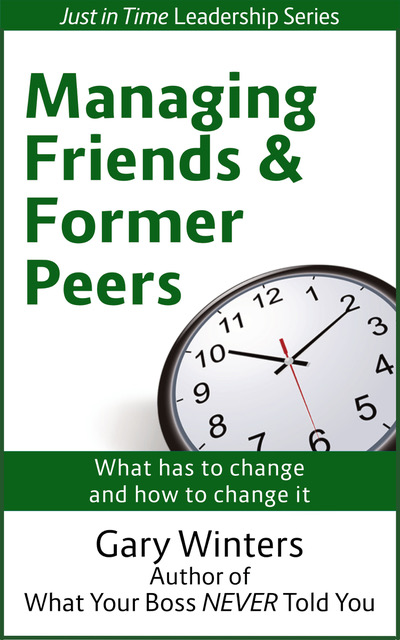 Take a moment, if you will. Breathe deeply and hold your breath for a few moments, and then slowly release it. Repeat twice more, so that you are completely relaxed.
Take a moment, if you will. Breathe deeply and hold your breath for a few moments, and then slowly release it. Repeat twice more, so that you are completely relaxed.
Now, imagine a day at work, visualizing you and your team. Now take it up a notch – imagine a perfect day at work. A day where everything goes right and nothing goes wrong.
Imagine how it begins, with people arriving, greeting one another, heading to their desks. Hear their greetings. What do you notice about them?
Imagine everything gathering for a quick meeting. See them come together and take their seats. Imagine you welcoming them to the meeting. Notice their reactions and expressions. Remember, this is a day when everything goes right and nothing goes wrong.
Imagine you leading the meeting. Imagine people becoming engaged in the dialogue. Imagine ideas being put forth, and people reacting to those ideas with enthusiasm. Imagine the group tackling a particularly thorny problem that’s been on everyone’s mind for some time now.
Imagine a creative solution being proposed, and imagine it is offered by the person you would have thought the least likely source for that idea. Imagine the group embracing the idea and realizing it is the ideal solution for the problem.
Imagine that!
A meeting where everything goes right, and nothing goes wrong.
Imagine people leaving the meeting and returning to their individual stations. Imagine you going through your email and inbox and organizing the rest of your day. Everything goes right, and nothing goes wrong.
Imagine working throughout the morning on important tasks. Imagine making enormous progress on the most critical. Imagine calling people and having fruitful, engaging conversations. Imagine being interrupted, from time to time, and seeing those interruptions as a normal, expected part of your flow.
Imagine having lunch with a close colleague, and coming back feeling refreshed, relaxed and ready to take on the afternoon.
Imagine having several brief meetings with members of your staff, catching up on their progress on their progress. Imagine yourself offering useful suggestions and taking a moment to recognize their accomplishments with them. Imagine them leaving your office filled with satisfaction for having stopped by.
Imagine your boss calling you with major concerns about a looming deadline. Imagine letting the boss know that everything’s coming together beautifully, and there is no reason for worry. Imagine your boss accepting your input gratefully.
Imagine realizing the end of the work day is approaching, and everything you had hoped to accomplish today is just about finished. Imagine taking out a pen and jotting a few things down on your To Do List for tomorrow.
Imagine gathering your things and striding for the exit, greeting those employees who are still there, each finishing up something before heading home.
Imagine a day where everything goes right, and nothing goes wrong.
Tomorrow, do it again, and the next day, again. Learn to imagine a day where everything goes right, and nothing goes wrong in sixty seconds.
Practice imagining that day without a little voice in the back of your head that says, “Yeah, but…”
Imagine a day where everything goes right, and nothing goes wrong for the next thirty days, just as an experiment.
Imagine what might happen.
This article is part of a series of 26 posts for the month of April called “Blogging from A to Z,” an idea first suggested by Arlee Bird of Tossing It Out.

